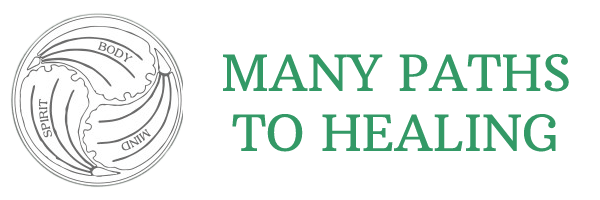What is Guided Imagery?
By Louise Lubin, PhD.
Guided Imagery is a gentle, but powerful tool that focuses and directs your imagination. It can be quite simple- like imagining you are  walking into your house or as complex as imagining your immune cells searching for cancer cells and swiping them away. Although many think that imagery is only what you can visualize, it involves all of the senses, emotions and the body. Almost everyone can do it.
walking into your house or as complex as imagining your immune cells searching for cancer cells and swiping them away. Although many think that imagery is only what you can visualize, it involves all of the senses, emotions and the body. Almost everyone can do it.
Over the last twenty-five years, research has shown the effectiveness of guided imagery on health, creativity and performance. With cancer, it has been shown to heighten short-term immune cell activity, lessen pain, reduce anxiety, depression, nausea and fatigue. It can be described as a form of self-hypnosis because it helps change your state of being and how you experience the moment.
There are many different types of imagery. You can invent your own or listen to one that has been created in advance. You can use it as a starting point, and your mind will bring what you need to the imagery. Your body responds to what is created in your mind. If your senses are involved- sound, smells, feel and taste and strong emotion is evoked, your body will respond to the images. These sensory images are the “language” of the body. When you are focused in this state of mind, your brainwave activity and your biochemistry change.
When guided imagery is working well, you are relaxed , focused, calm, yet alert . You are focused inward rather than being pulled by outside events. It can provide you a strong sense of your internal strength. Guided imagery can increase your sense of control. You can use this tool whenever you need it. During a medical procedure- your body must be there, but your mind can be wherever you want to be. Imagery can increase your sense of personal strength and power.
•Imagery works best in a relaxed unforced atmosphere.
• There are many ways to do it.
• Make sure the content is right for you and works with your values and beliefs.
• Imagery works best using all the senses- not just your visual sense. You may more easily use the sense of touch or smell or taste.
• Music that resonates for you increases the impact of imagery.
• Imagery that brings up emotion is often more beneficial as it is working in a deep way.
• Approach imagery with an open mind and do not force yourself to do anything you are not comfortable trying.
• Don’t worry if when you start, you fall asleep. You might try it first sitting up or standing or listening with your eyes only half closed.
• It’s OK if your mind wanders during the imagery script- it’s normal.
One of the very best resources for guided imagery is www.healthjourneys.com. This site offers guided imagery for many different conditions, illnesses, and emotional coping . Belleruth Naparstek has been one of the pioneers in guided imagery for over twenty- five years.
